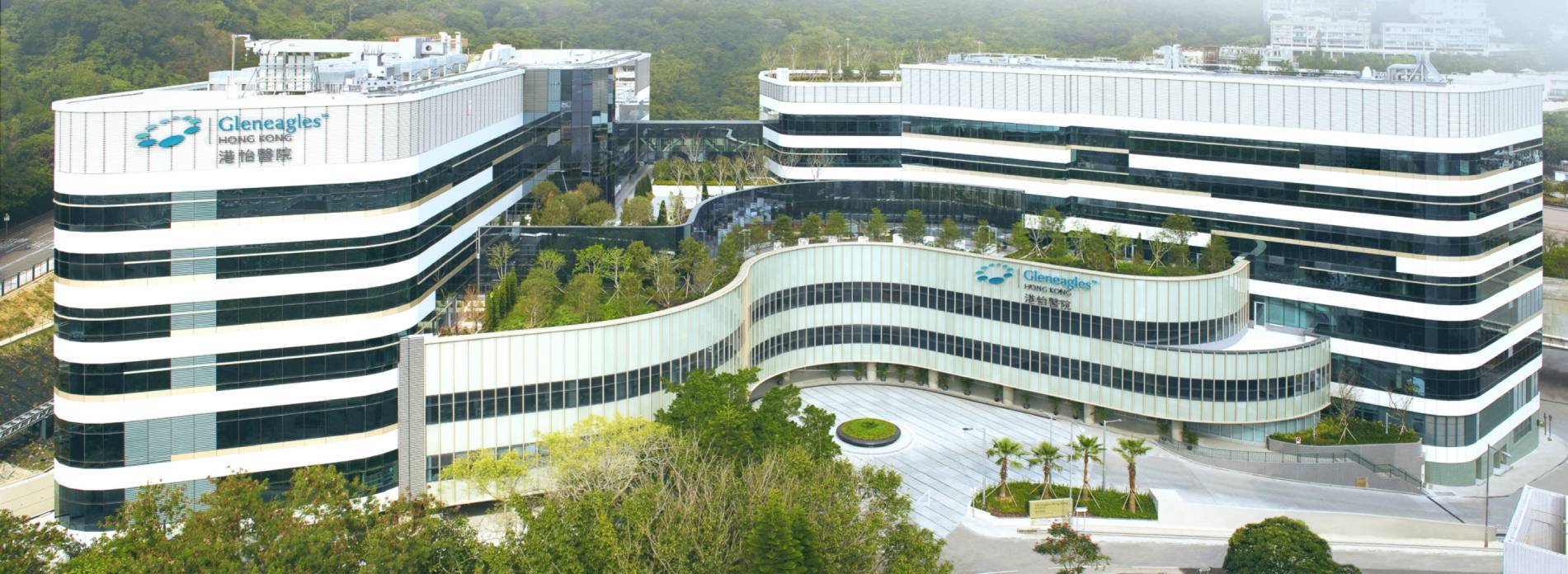Immunotherapy reduces the risk of recurrence in advanced lung cancers

Lung cancer is the second commonest cancer in Hong Kong. Since early lung cancer is rarely symptomatic, the great majority of patients are diagnosed at locally advanced or metastatic stages not amenable to curative treatment. For patients with advanced lung cancer who are ineligible for surgery, targeted therapy will be preferred if the cancer harbors specific genetic mutations; otherwise chemotherapy and radiotherapy will be the conventional mainstay treatment options. However, almost all such patients will progress with time. In recent years, immunotherapy has been incorporated in the treatments of eligible advanced non-small cell lung cancer (NSCLC) patients, with a view to improving cancer control. Metastatic patients with strong PDL1 signals can even be treated with immunotherapy alone without chemotherapy. Some patients with non-metastatic but locally advanced cancer can also be treated with immunotherapy as maintenance therapy after chemo-radiotherapy, which has been shown to reduce the risk of cancer progression.
According to the data from the Hong Kong Cancer Registry, 5,178 lung cancers were diagnosed in Hong Kong in 2017. An increasing number of lung cancer diagnosis has been observed in recent years, which may be due to both a growing and ageing population. Lung cancer is currently the most lethal cancer in Hong Kong, as most patients are usually diagnosed in advanced stages, and a significant number of patients are diagnosed at a relatively old age.
In formulating the treatment strategies for lung cancers, the histological types and stages of lung cancer, as well as the molecular characteristics of the cancer are key factors. In general, lung cancers can be categorized as either NSCLC and small cell lung cancer (SCLC). While the former can be subdivided into various histological subtypes such as adenocarcinoma, squamous cell carcinoma, and large cell carcinoma, the latter comprises of small cell carcinoma and poorly differentiated neuroendocrine carcinoma.
For those NSCLC without carrying genetic mutations, surgical resection should be offered to those patients with stage 1, stage 2, and some stage 3 cancers. Stage 1 patients who are too old or medically ineligible for surgery can instead receive stereotactic ablative radiotherapy. For non-metastatic stage 3A patients, they should receive adjuvant chemotherapy and/or radiotherapy before surgery; while inoperable stage 3B patients should be administered concurrent loco-regional radiotherapy and chemotherapy. If the chemo-radiotherapy works well, patients can then be administered additional immunotherapy for 1 year as a maintenance treatment. For stage 4 metastatic patients, palliative chemotherapy or radiotherapy are appropriate treatment options, and in many patients, immunotherapy can be added to the chemotherapy for better and more durable cancer control. When there is a high proportion (>50%) of PD-L1 expression in the tumour cells, immunotherapy alone as the sole treatment has been shown to be a better treatment than.
Treatment approaches for early and intermediate stages of NSCLC carrying genetic mutations do not differ from those without genetic mutations. According to a recent study, disease-free survival was significantly improved in patients with stage 1-3A EGFR mutated lung cancers who received third generation targeted therapy treatment for three years as postoperative adjuvant therapy. Late stages will be treated by various targeted therapy drugs (tyrosine kinase inhibitors) which pinpoints the corresponding genetic mutations. When cancer progression occurs despite receiving targeted therapy, another blood test or biopsy will be performed to identify if there is any new genetic mutation that allows adoption of newer generation of targeted therapy drugs. Without such mutations, patients will be treated with chemotherapy.
PD-1 and PD-L1 inhibitors are now the main immunotherapies used as maintenance treatment. They can “reactivate” the autoimmune system of cancer patients, which will then allow the immune cells to recognize and attack the cancer cells. Such treatment, if effective, may provide a more durable effect and incur fewer side effects compared with chemotherapy. Common side effects of immunotherapy may include fatigue, diarrhoea, skin rash, and rarely pneumonitis, with most of them being relatively mild and manageable.
A lady at her 50s who never smokes sought medical advice for her abdominal distention and bone pain, and she was then diagnosed with stage 4 NSCLC with no common genetic mutations identified. The PD-L1 expression of her tumor cells was 45%, and she was therefore administered with both chemotherapy and immunotherapy. Upon initial cancer control after a few cycles of treatment, her symptoms became much alleviated with improved lung and liver functions. There was also a significant improvement of her general status, quality of life and her body weight. After a few months of maintenance immunotherapy, her disease subsequently progressed. Fortunately, blood test (as liquid biopsy) and tumor biopsy revealed a rare genetic mutation and she was then offered a corresponding targeted therapy drug, leading to further cancer control.





